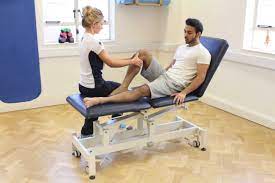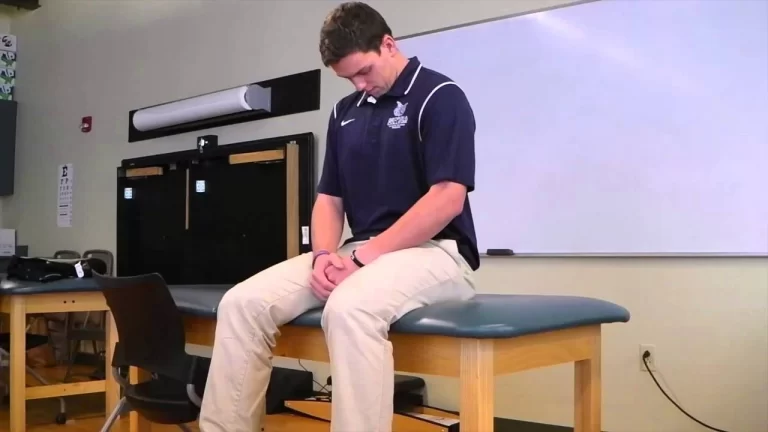Arm Squeeze Test
Table of Contents
Definition
The Arm Squeeze Test is a clinical examination test used to distinguish shoulder disease from cervical nerve root compression to differentiate diagnosis. When the middle third of the upper arm is compressed or squeezed, nerve compression syndrome typically becomes agitated.
Clinical Relevant Anatomy
- The Cervical Nerves are spinal nerves that come from the cervical vertebra. These nerves communicate via the cervical-axillary canal in the armpit and neck region through the Brachial plexus. The sensation and motor function of muscles, including the nerves that supply arm muscles, are controlled by the cervical nerves.
- A cervical root compression can occur when these nerves are compressed by both internal and external factors.
Purpose
- To learn more about the anatomy of the cervical nerves, see the purpose of this new clinical test. It may help differentiate cervical radiculopathy from other shoulder-related pathologies.
Technique
- The examiner stands behind the patient and squeezes the middle third of the upper arm with a moderate compression (5.9 to 8.1 kg) with the examiner’s thumb on the triceps and the rest of the fingers on the biceps.
Results
if the patient reports a score of 3 or higher on VAS with pressure on the middle third of the upper arm in comparison to the acromioclavicular joint and the subacromial- The test is positive.
Evidence
- A Gumina et al. study on 305 patients with cervical nerve root pressure, 903 patients with rotator sleeve tears, and 350 sound workers found that while contrasting patients and cervical nerve root pressure to controls and patients with shoulder sicknesses, the test had a responsiveness of 0.96 and explicitness from 0.91 to 1.
- They came to the conclusion that the Arm Squeeze Test may be useful in distinguishing shoulder disease from cervical nerve root compression in cases of ambiguous diagnosis. Should this test come back positive, it could mean that shoulder pain is coming from the cervical spine.
FAQs
In the event of a doubtful diagnosis, the Arm Squeeze Test is a clinical test that distinguishes shoulder disease from cervical nerve root compression. When the middle third of the upper arm is compressed or squeezed, nerve compression syndrome typically becomes agitated.
Why do I feel pain in my forearm when I grip? Forearm pain when gripping is most frequently brought on by tennis elbow or lateral epicondylitis. Chronic inflammation of the tendon, also known as chronic tendonitis, is what leads to tennis elbow. The continual use and strain on the tendon cause the injury.
According to some experts and organizations, the squeeze test is a simple, quick, and inexpensive method for general practitioners (GPs) to identify arthritis in the metacarpophalangeal (MCP) and metatarsophalangeal joints.
Exercise with a shoulder squeeze Keep your hips, shoulders, and ears in the same place: Arms raised to shoulder height with palms facing forward and elbows bent Squeeze your shoulder blades together as you move your arms back. Ten seconds of holding Return to where you started.
Note this; Pain that is dull and aching is more common in pathology of the shoulder, whereas pain that feels hot or electric is usually a sign of neurologic or cervical spine origin. Additionally, painful arm abduction is frequently associated with shoulder pathology.






